This is how Bandon Dunes led me to being a PGA Tour caddie
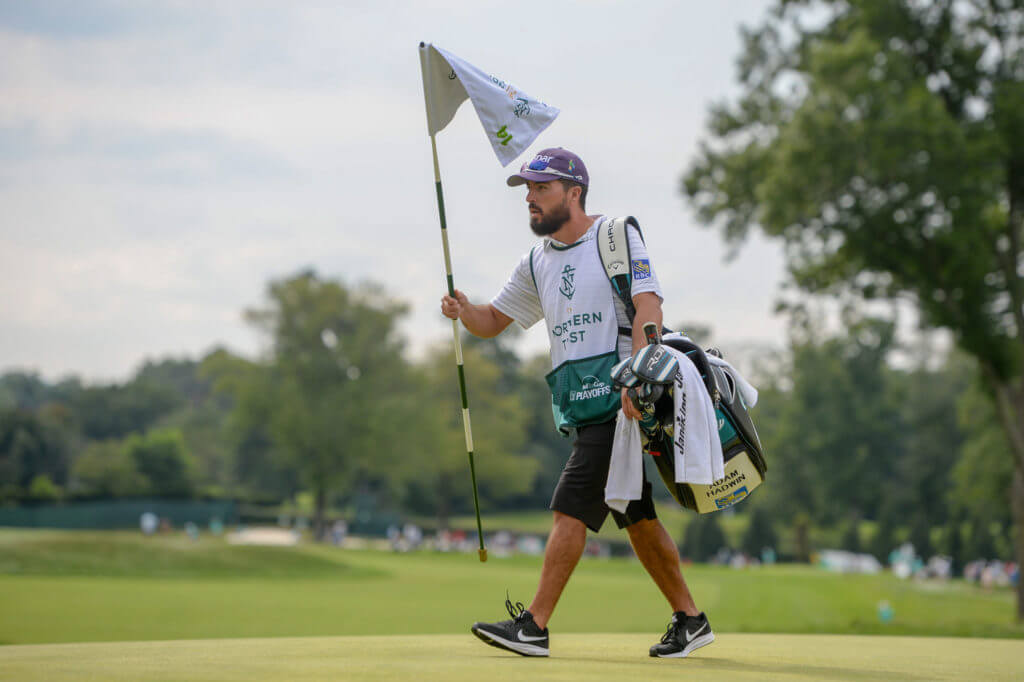
Editor’s note: Throughout 2019, we will have caddies reflect on their respective paths to the highest level of their profession. Here, Joe Cruz — caddie for Adam Hadwin — pens his firsthand account to explain what it took for him to find his way to the PGA Tour. This story originally published in March 2019.
Every Tour caddie has a fateful “right time, right place” moment they cite as the reason they made it to the big leagues. In my case, it feels like there were several of those occasions that led me to being on the bag for a top player like Adam Hadwin.
I picked up the game in middle school when my older brother took me to our local par-3 course. Now before that day, my dream was always to be a baseball player. My younger brother grew up playing sports with eventual MLB All-Star Evan Longoria and I’ve been a die-hard Tampa Bay Rays fan since he was drafted. Growing up in California, I was originally an Anaheim Angles fan but switched allegiances once I moved to Florida and could watch Longo play. There are only five major league ballparks I haven’t been to, so it’s safe to say that baseball is in my blood.
But the second I hit that 7-iron on the first tee that day with my brother, my dream changed from being a baseball player to being on the PGA Tour. Golf has just had that kind of pull on me ever since.
RELATED: Taylor Ford explains — in great, personal detail — how he became a PGA Tour caddie
I quickly had my Mom buy me a set of clubs and played almost every day. All other extracurricular activities (baseball, hockey, hanging out with friends) went out the window. By the time I was a senior in high school, I was a scratch golfer; which meant I could play at a high level, but I wasn’t good enough to go to a top college. That led me to Long Beach City College where I made the team as a red shirt. They had a really good program and I played almost every day with some solid local players. The dream to be a tour pro was still very much alive. I improved significantly and by the time I was in my third year, I was the No. 1 player on the team. It still wasn’t enough to draw interest from big programs, but I felt my game progressing.
“To be a caddie, you have to carry a sunny disposition. Everyone has each other’s backs. We’re a family having a great time on the biggest of stages with massive crowds and the highest of stakes. When you go to a course like Augusta National and put on those white uniforms, it’s amazing to think back to how you made it to this point.” — Joe Cruz
The only college that came knocking was a school I had never heard of, Concordia University Irvine. They were starting a new golf program at the time and since that was my only option to keep my dream alive, I took a chance on them.
About six months into my tenure there, I realized that decision was a mistake. Since the golf program was brand new as was the young coach, there was nowhere to play or practice on a daily basis. In the two years of playing there, my best finish in a tournament was a tie for 13th. My game had hit a plateau and the dream of making it professionally died there.
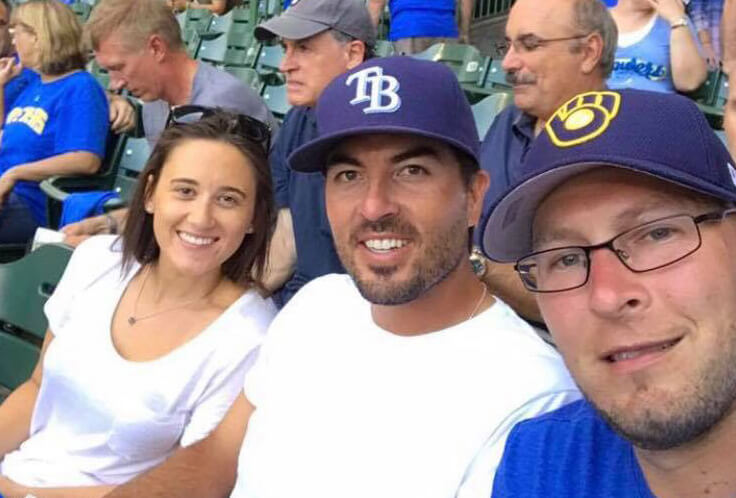
After my experience at Concordia, I fell out of love with the game and put the clubs away as I tried to figure out what I was going to do to make a living. For two years, I struggled trying to figure it out before my parents suggested I get my real estate license.
About a year into this field, I started making strides and thought that this was going to be my career. That’s when, out of the blue, I got a random phone call from a childhood friend of mine asking to see if I would be interested in caddying for him at the first stage of PGA Tour Q-School in Carson City, Nev.
Where would I be without that phone call?
Maybe I would have still got into caddying or maybe I would still be in real estate. The only thing I know is that the phone call from my friend cracked open the door to a room of possibilities I didn’t realize existed.
While I was out there caddying for my friend, it hit me how much I missed golf. Failing to make it professionally was a crushing blow, but it didn’t mean golf had to be out of my life forever.
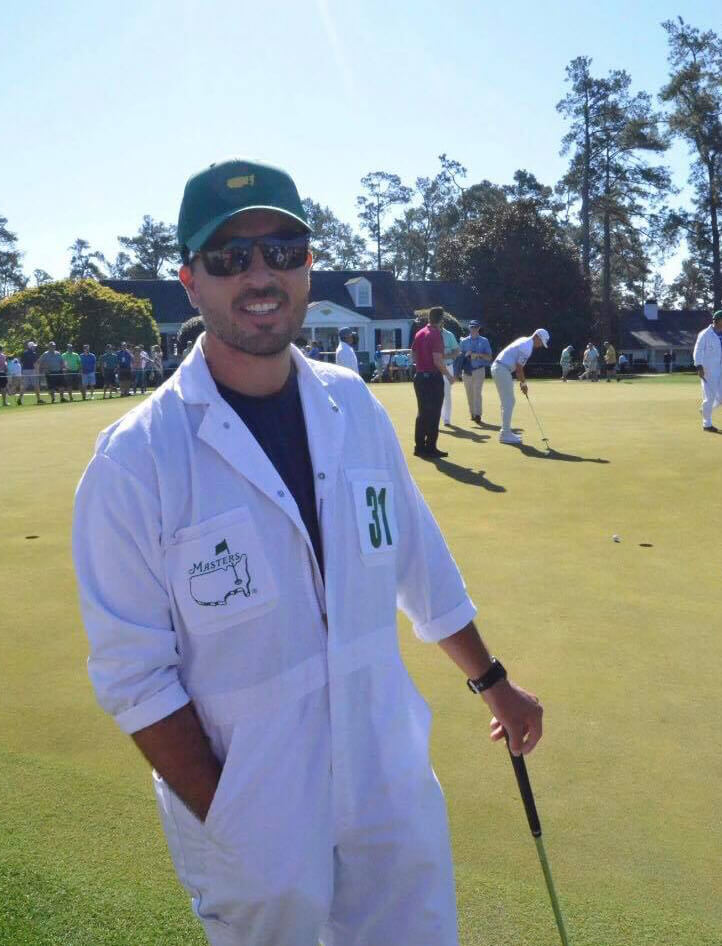
At that tournament, I learned from one of the players in the event that he was making a pretty good living club caddying. That’s when I remembered that a friend of mine was a caddie up in Oregon at Bandon Dunes, so I called him as soon as I got back home from the event.
Fast forward two months later and I was packing my car up to move from the hustle and bustle of Los Angeles to the middle of nowhere in Oregon.
MORE: How sending an email set up my journey to becoming a PGA Tour caddie
I absolutely loved it there. Minus there being zero attractive women and it being windy and rainy a lot of the time, it was perfect! I would work making anywhere between $100-$400 a day, make dinner, drink beer, go to bed and then do it all over again. On top of that, if there were no loops to be had, the caddies were given full playing privileges at all four of these amazing courses. The cost of living was extremely low and it was a great change of pace from the rat race that was Southern California.
Something else began to dawn on me. On top of loving my new job, I quickly realized that I had a knack for caddying. This is where the idea of possibly caddying for professional golfers manifested into me asking other caddies at Bandon how I could potentially do this at the highest level. The advice I received was pretty simple: go to a Nationwide Tour event (now called the Web.com Tour) on a Monday or Tuesday and hustle in the parking lot. Simple enough.
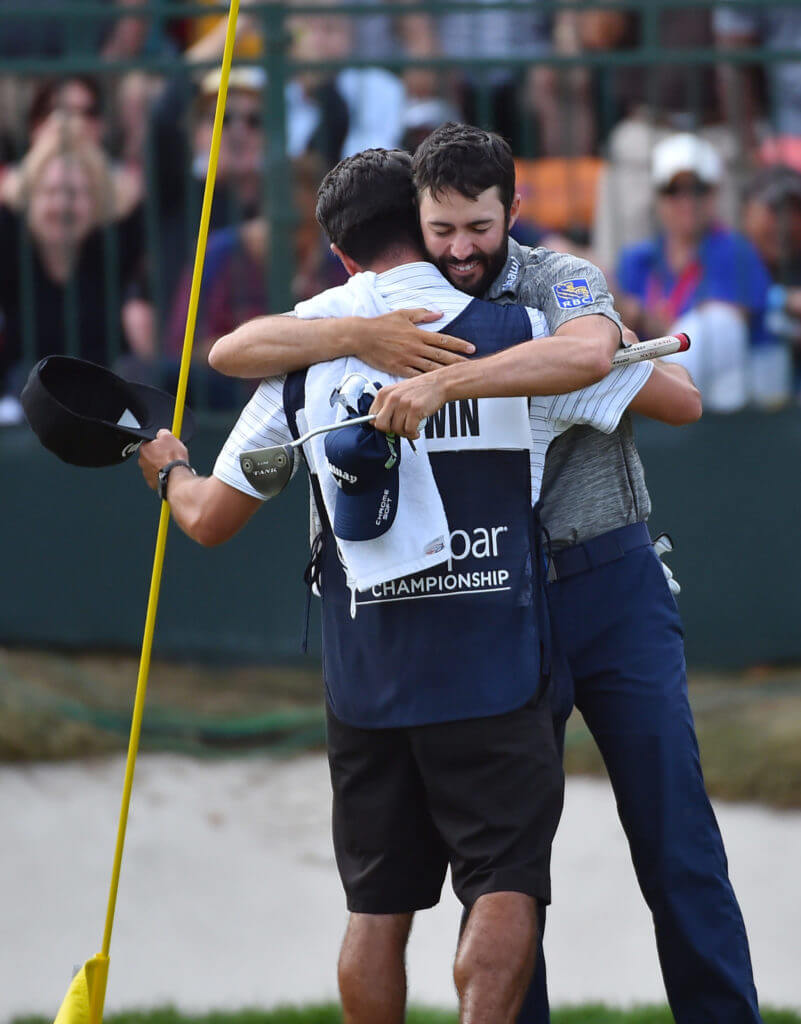
I didn’t do that right away, but I was about to have another one of those fateful moments. In 2012, about a year into my tenure at Bandon, a caddie who I played a lot of golf with asked me if I would caddie for him in the Monday qualifier for the Nationwide Tour event down in the Bay Area. My guy played well in the qualifier but ended up missing out on a playoff by one stroke.
Now, it’s hard to describe how much luck was involved for me to get out on Tour. Let’s say the guy I caddied for qualified and played in that event. Well obviously I would have caddied for him and then we both would have driven back to Oregon and continued our normal lives at Bandon. Him missing, however, was the big break I needed because it let me hang around that Tuesday after the qualifier so I could attempt to get a job for the event.
I showed up with a towel in hand and no fear as I started approaching any pro carrying his own bag from his car to the clubhouse. I was 2-3 hours in and struck out about 20 times, when a player by the name of Michael Letzig saw me and made a beeline towards me. He asked me if I was looking for work and off we went.
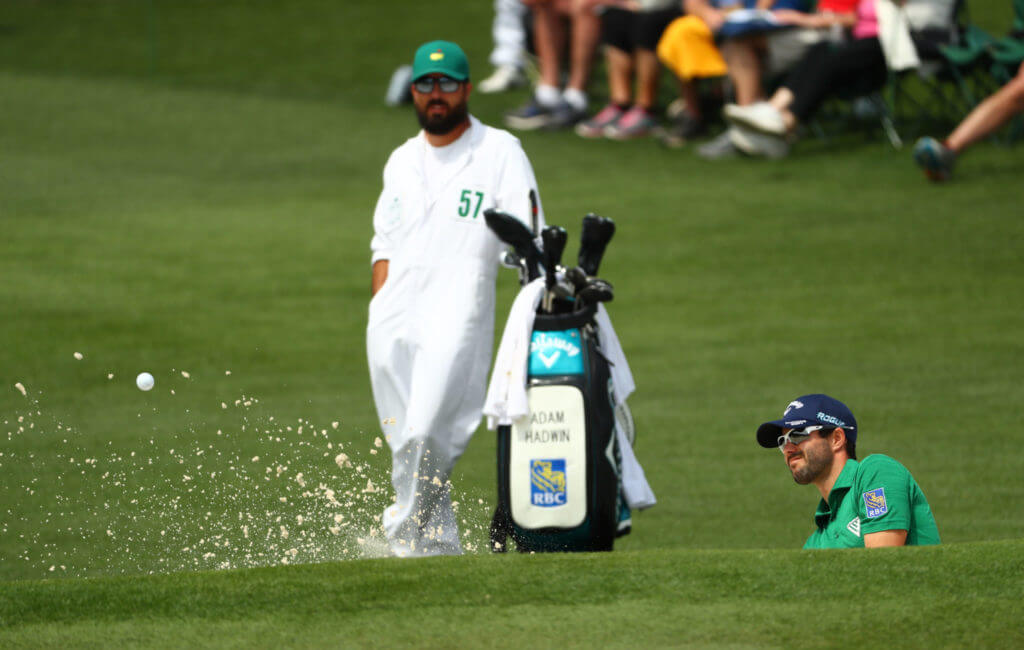
Even with that great break, the caddying dream still looked perilous. Letzig missed the cut and I thought that was going to be the end of my foray in the professional ranks. Surprisingly, he asked me if I would like to meet him in Athens, Ga., the following week for the next event. The relationship between us grew stronger and I ended up working with him for two years — the second of which came on the PGA Tour after he had earned his card — which ultimately led to me hooking up with Hadwin.
READ: ‘I took a semester break from college in 1997… and have been caddying ever since’
As I have risen in the caddying world, it’s been cool to see Adam evolve into one of the best players in the world. I have been fortunate enough to be on the bag when he shot a 59 in Palm Springs and also for his first career PGA Tour win at the 2017 Valspar Championship. That has some special significance because I live nearby in St. Petersburg, Fla., a place I chose early during my caddying stint because of my younger brother following Longoria to the Tampa area. Money is tight on the Web.com Tour, so Tampa was a much better option to go to during the off weeks than California. I ended up liking it here for many reasons and this is where I think I will be for the rest of my life. I was lucky to have family and friends at Valspar for the win, which made it extra special.
Since I was never good enough to be out here as a player, the next best thing is to try and help a player do his best. Doing what you love is never actually work, and I’m fortunate to have some great people around me out on Tour. There is no competition between the caddies like there would be in Corporate America. To be a caddie, you have to carry a sunny disposition. Everyone has each other’s backs. We’re a family having a great time on the biggest of stages with massive crowds and the highest of stakes. When you go to a course like Augusta National and put on those white uniforms, it’s amazing to think back to how you made it to this point.
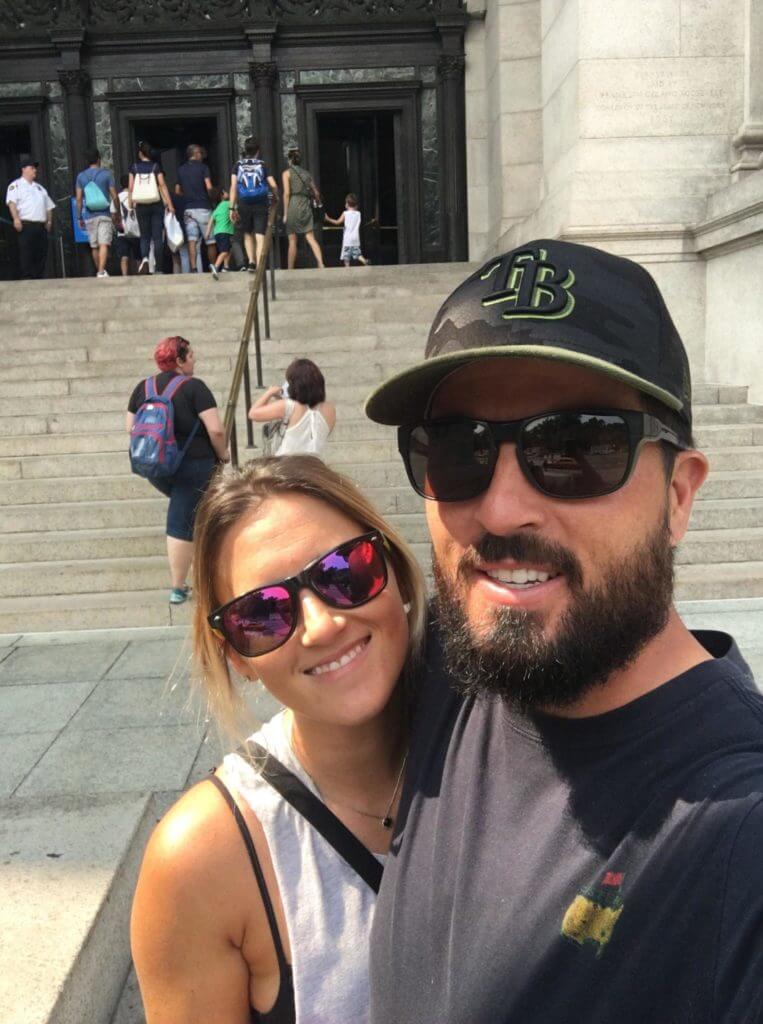
Nothing great comes without sacrifice, and I’ve definitely learned that the past few years being away from loved ones for essentially half the year. It takes a special woman to be able to handle that kind of separation, and it’s going to be especially hard on my wife Britney now that she just gave birth to our first child a few weeks ago. Luckily, we have a great support system here in St. Pete with her family living close by and a great group of friends. Two of her best friends are flight attendants, so she has access to ‘buddy passes’ that allow her to fly for free. So the plan is for Brit and the baby to travel as much as possible with me for the first few years.
It’s not always easy to maintain that balance of work, family and friends, but I wouldn’t trade this experience for the world. If a couple of things didn’t break my way, I would probably still be back at Bandon Dunes or doing real estate in California.
Those were great experiences, but they can’t compete with being a PGA Tour caddie. It wasn’t the dream I set out for, but now it feels like the one I was meant to chase.



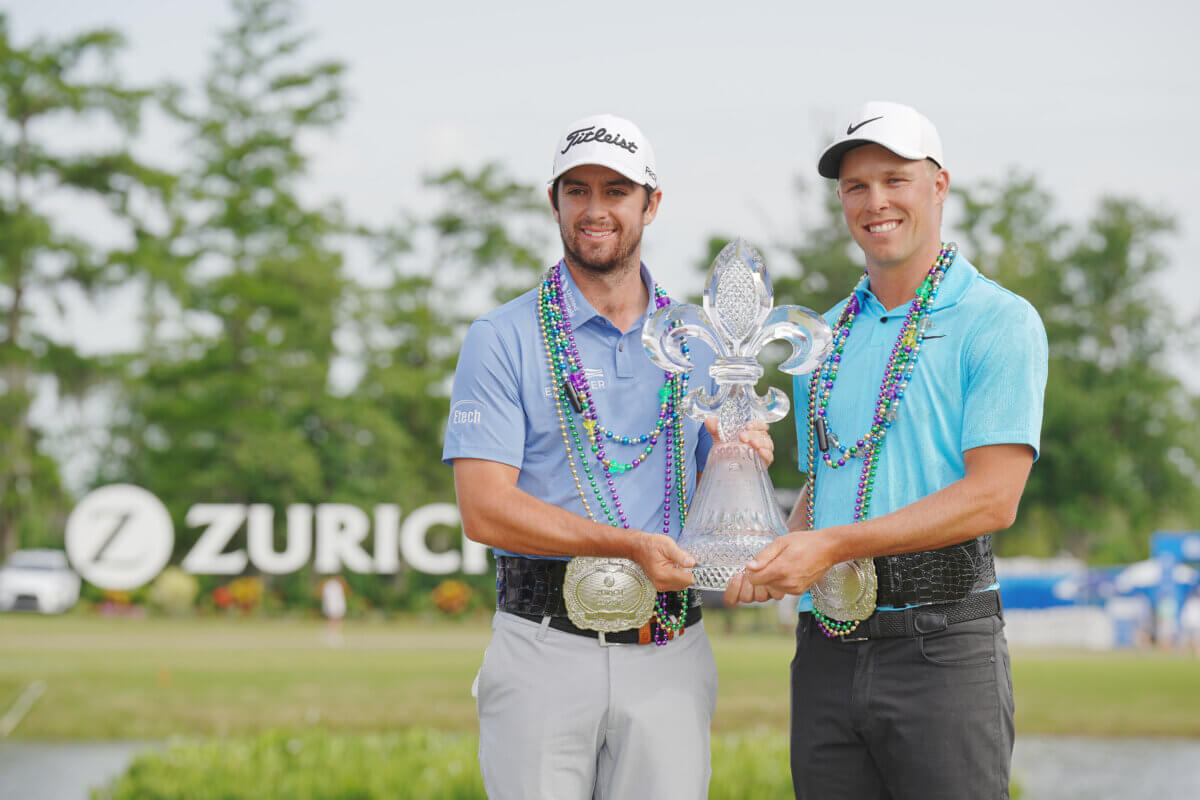
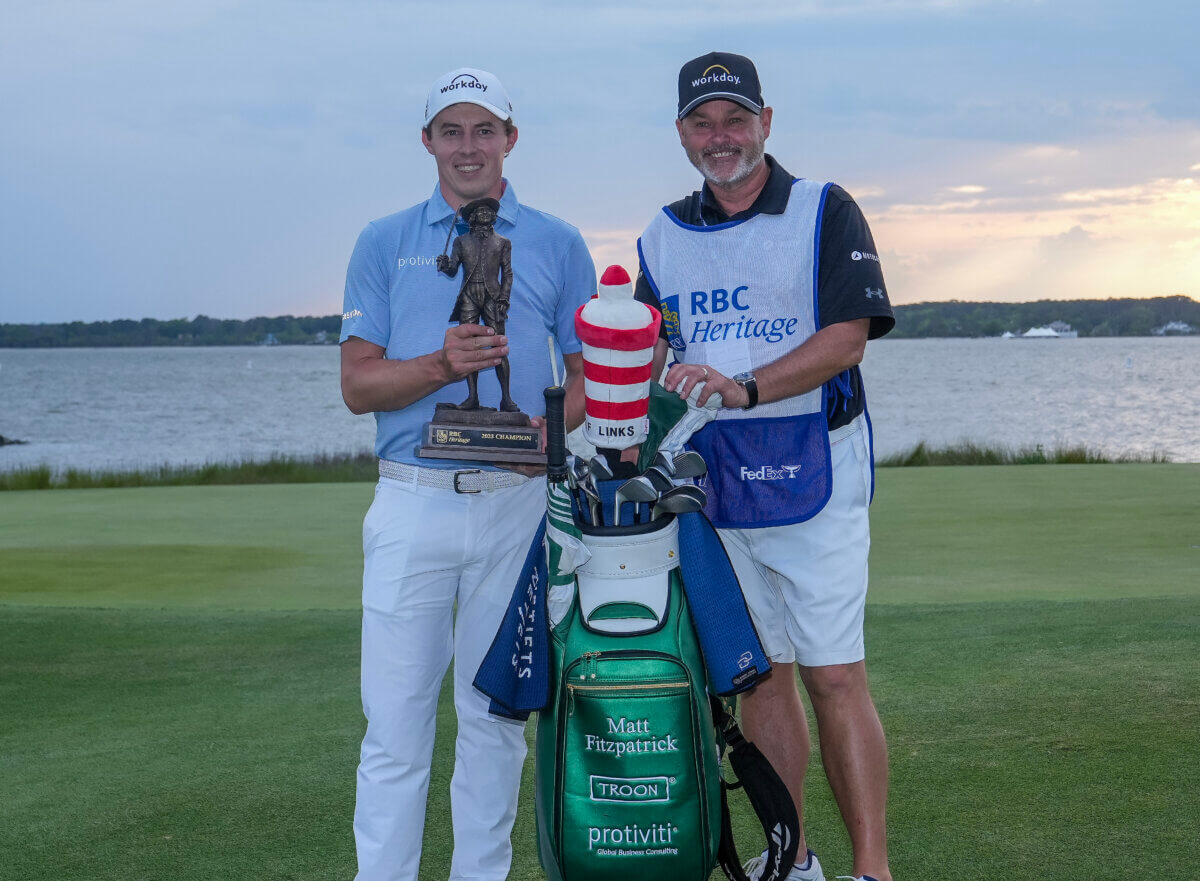
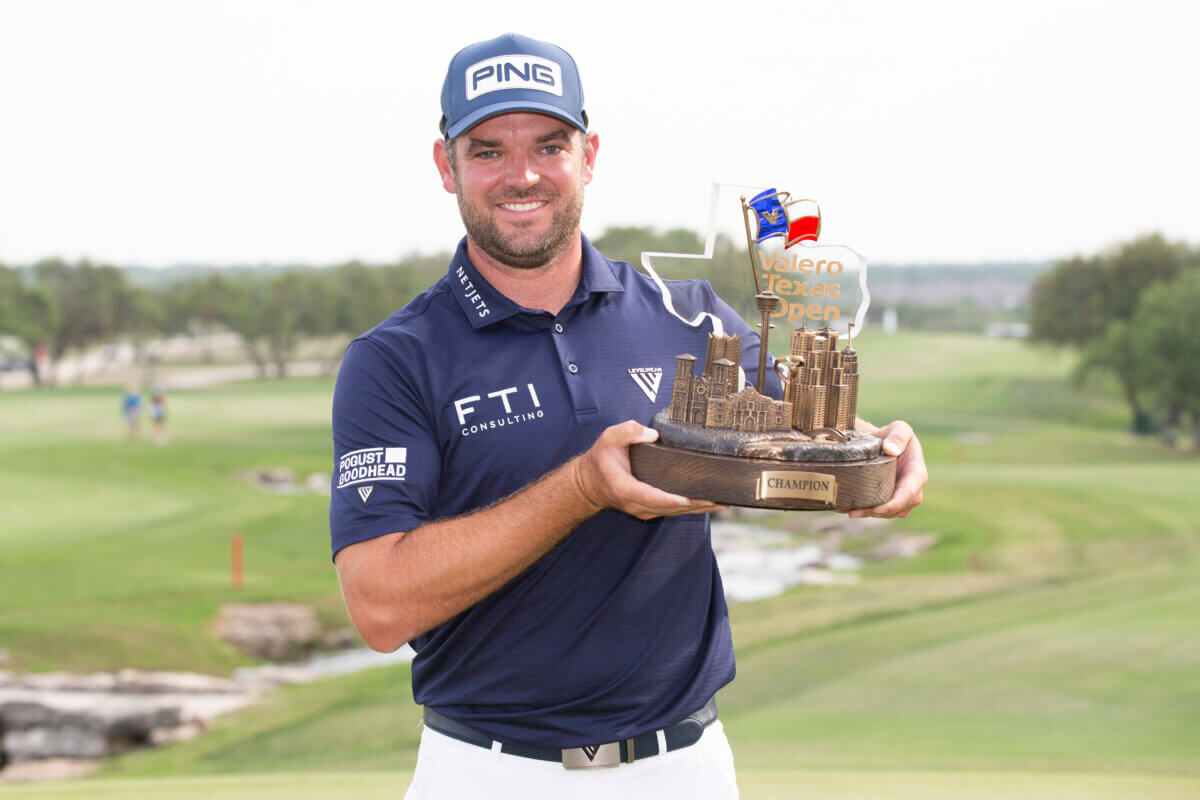
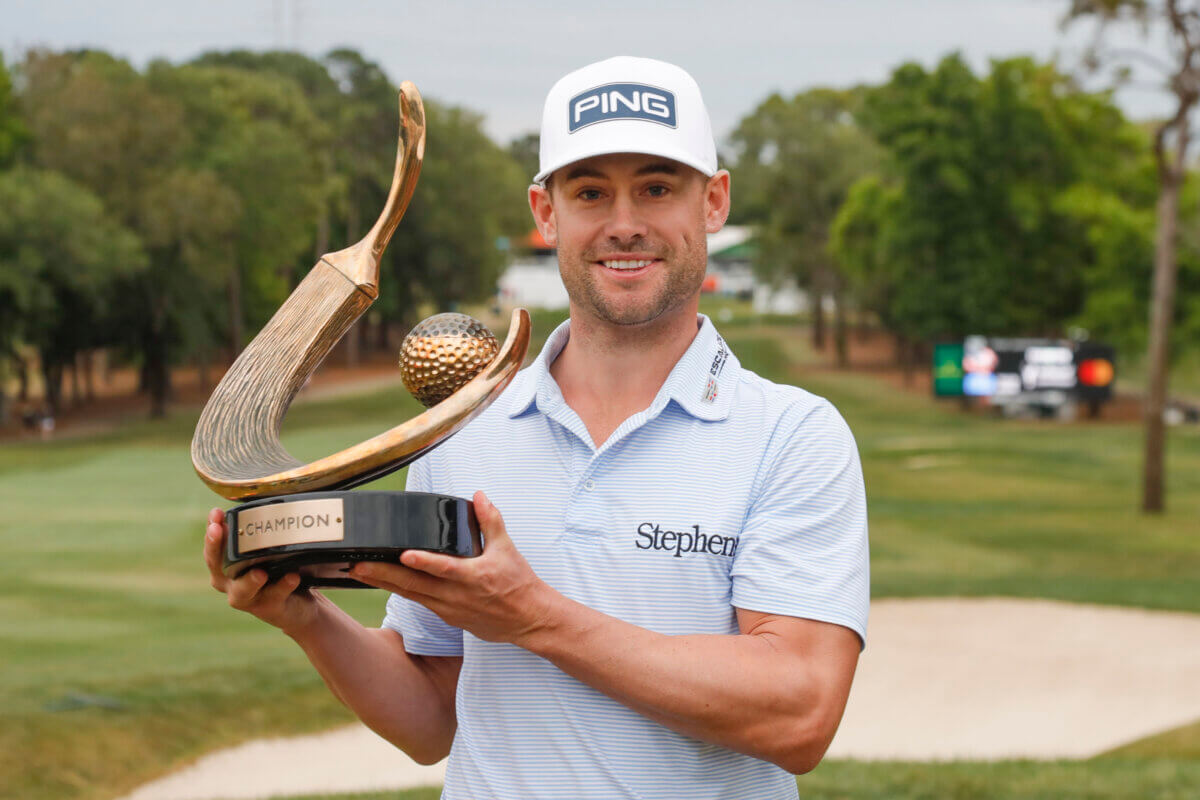
I’m a caddy at sand valley. 43 years old with a similar story but still looking for that big break moment. Any advice would be awesome. Thanks